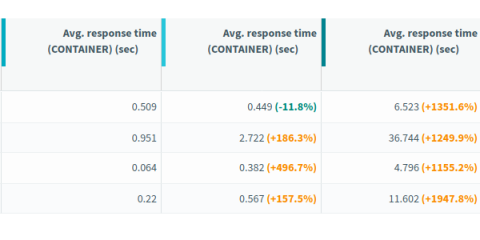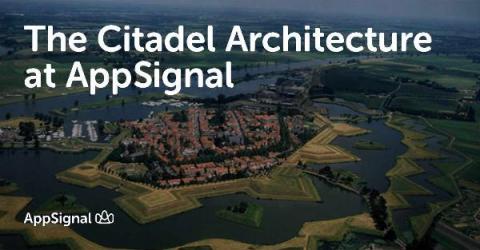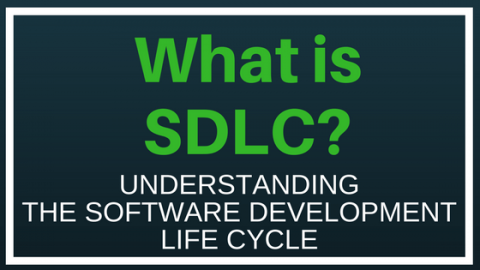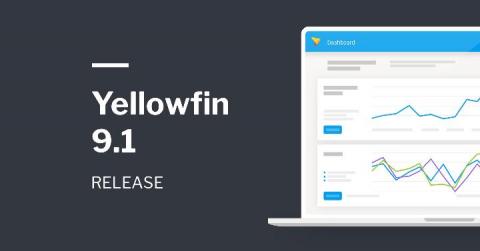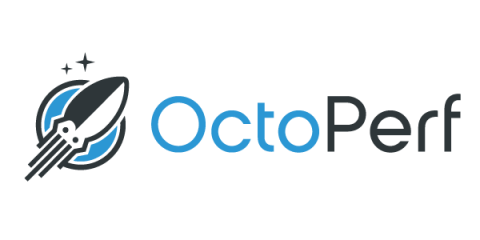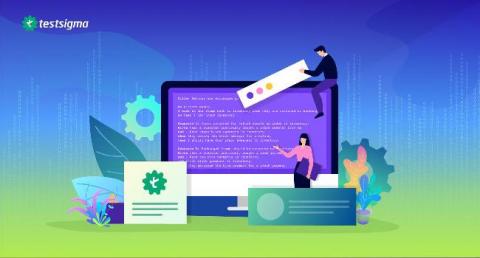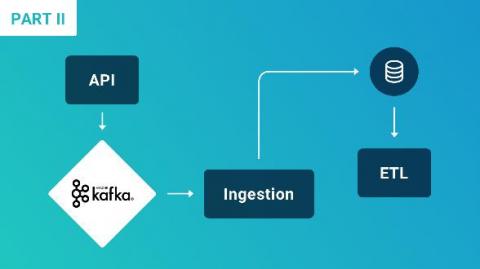Benchmarking NiFi Performance and Scalability
Ever wonder how fast Apache NiFi is? Ever wonder how well NiFi scales? When a customer is looking to use NiFi in a production environment, these are usually among the first questions asked. They want to know how much hardware they will need, and whether or not NiFi can accommodate their data rates. This isn’t surprising. Today’s world consists of ever-increasing data volumes. Users need tools that make it easy to handle these data rates.



